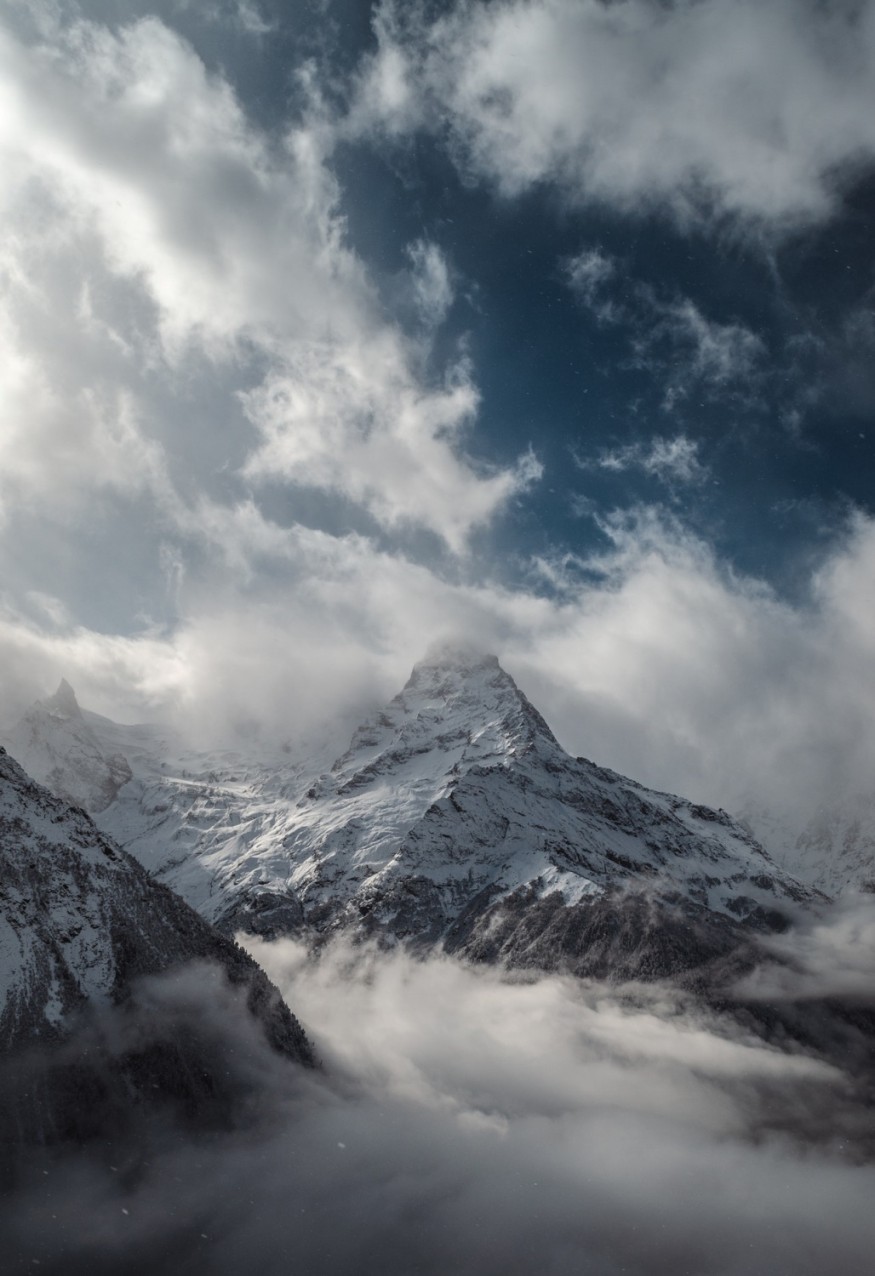Roughly 1.8 billion years in the past, the Earth's continental crust thinned, stunting the flow of nutrients into the sea, and may have stalled the evolution of life.

Billions of years ago, the Earth's surface wasn't at all remarkable. There were no trees, birds, or bugs, just a slimy oceanic soup of primitive life.
A new study says that another characteristic feature of the planet may not have existed during this time--towering mountains.
Dormancy of Earth's Middle Ages
A study published in the journal Science notes that billions of years ago, Earth wasn't decorated with towering mountains across the horizon.
Modern Earth's restless tectonic plates that continuously shifts in a slow-motion reshapes the surface of our planet. These collisions between continents thickening the crust and push mountains up, like the Himalayas, that reach up to the sky.
On the other hand, unearthed clues in tiny zircon crystals that formed deep inside the planet suggest that plate tectonics didn't work the same way billions of years ago.
In the eons between 1.8-0.8 billion years ago, during the boring billion, continents seemed to progressively grow thinner. The driver of the continental slimming remains unknown. But, at its most slender, the planet's crust was a third thinner than today--- a change that scientists suggest may have been caused, impart, by the slowdown in plate tectonics.
Researchers also suggest that the thin-crust could have had a role in delaying the evolution of life as we know it. Tiny mountains would have haltered erosion of Earth's rocks, thereby limiting the supply of life-giving nutrients for oceanic creatures.
Ming Ting, first author of the study and a geochemist from the Peking University says, "It's a famine in the oceans at that time." Soon after, continents began to thicken once more, and a flush of nutrients drove evolution to ever larger and more complex life forms.
Reading the Rocks of the Earth
Tang analyzed granite rocks from the Himalayas, south of Tibet, and noticed curious patterns in the crystals of zircon minerals. The crystals form when magma cools deep within the Earth, recording chemical fingerprints of ancient planetary conditions that make the crystal virtually indestructible.
Researchers found that zircons formed almost right after the planet's birth roughly 4.4 billion years ago.
The team realized that the chemistry of the crystals from Tibet changed in step with the continental thickness at the time parental rocks were formed.
Scientists previously analyzed the amount of lanthanum and ytterbium in rocks to determine continental thickness. However, using the rocks themselves to analyze the past is challenging because few whole rocks survived after Earth's infancy leaving gaps in the planet's geologic history.
The team of researchers published their new model in the journal Geology.
RELATED STORY : Why Do Some Rocks on Earth Turn Red? Scientists Explain
Check out more news and information on Geology on Science Times.











